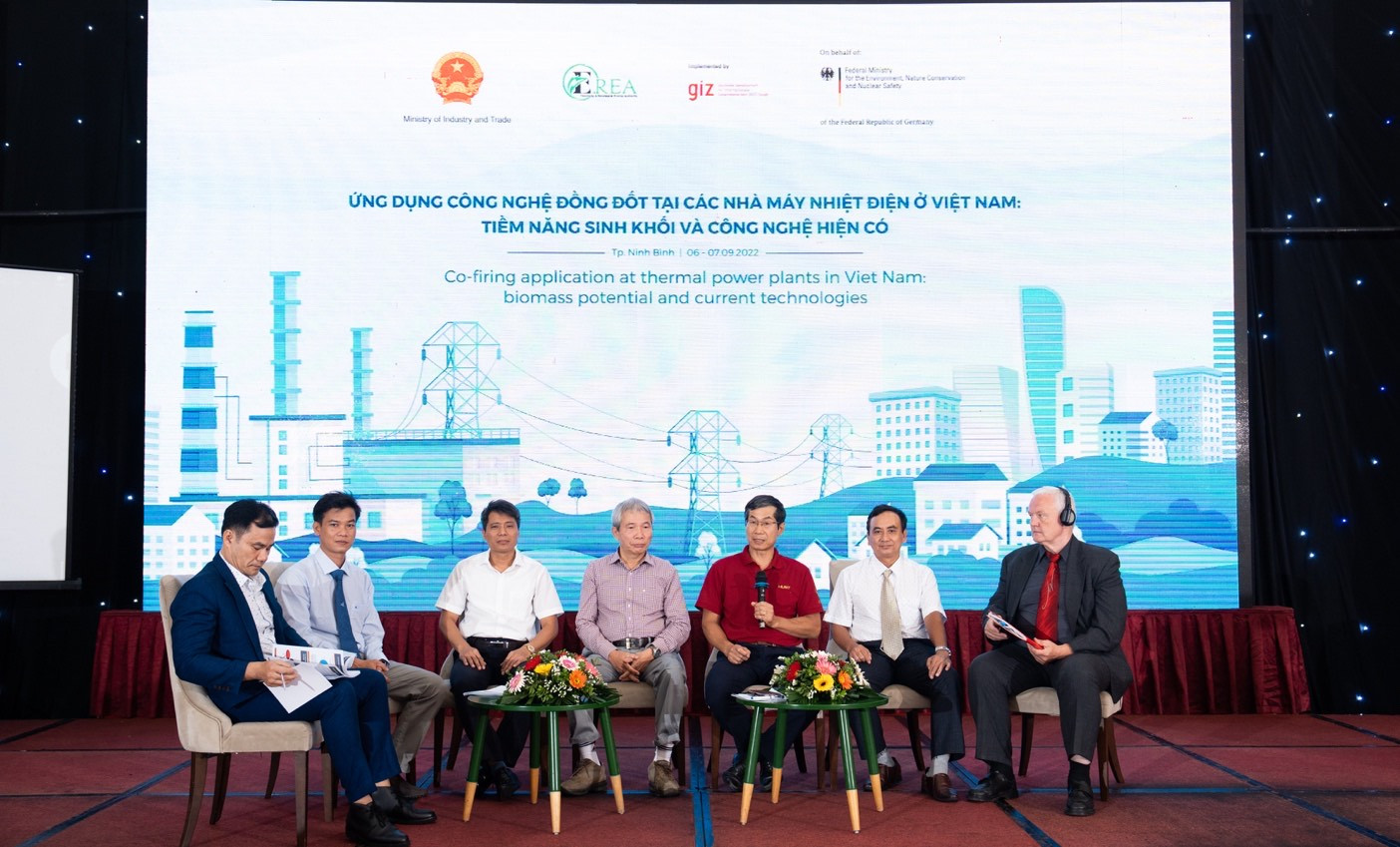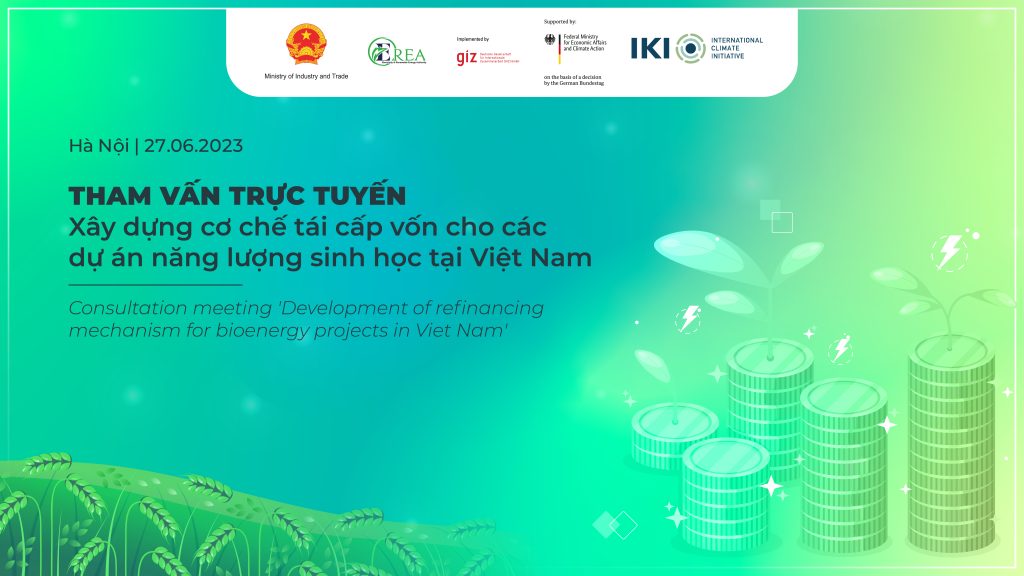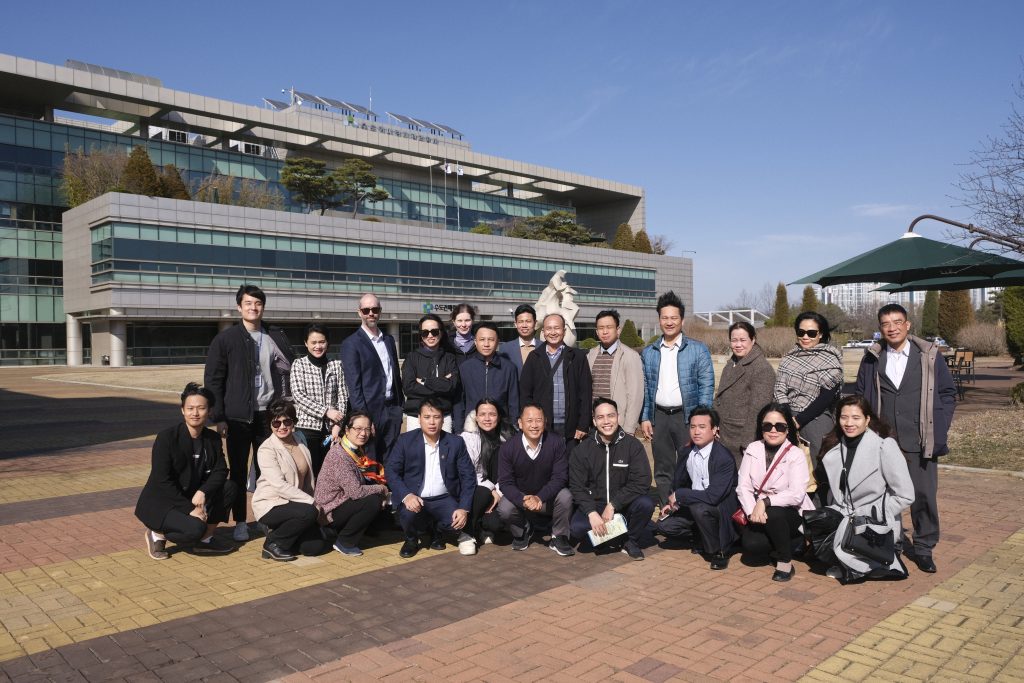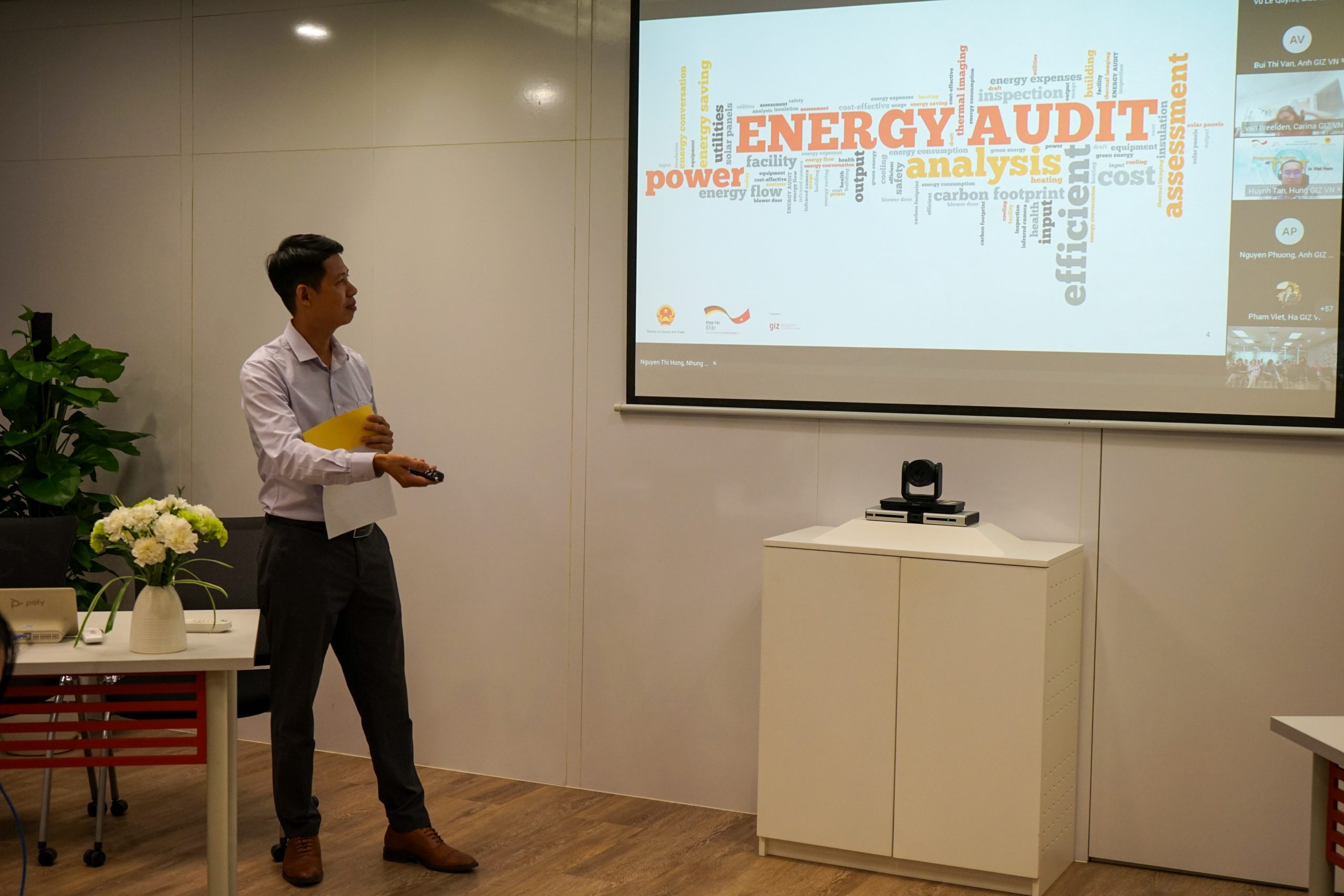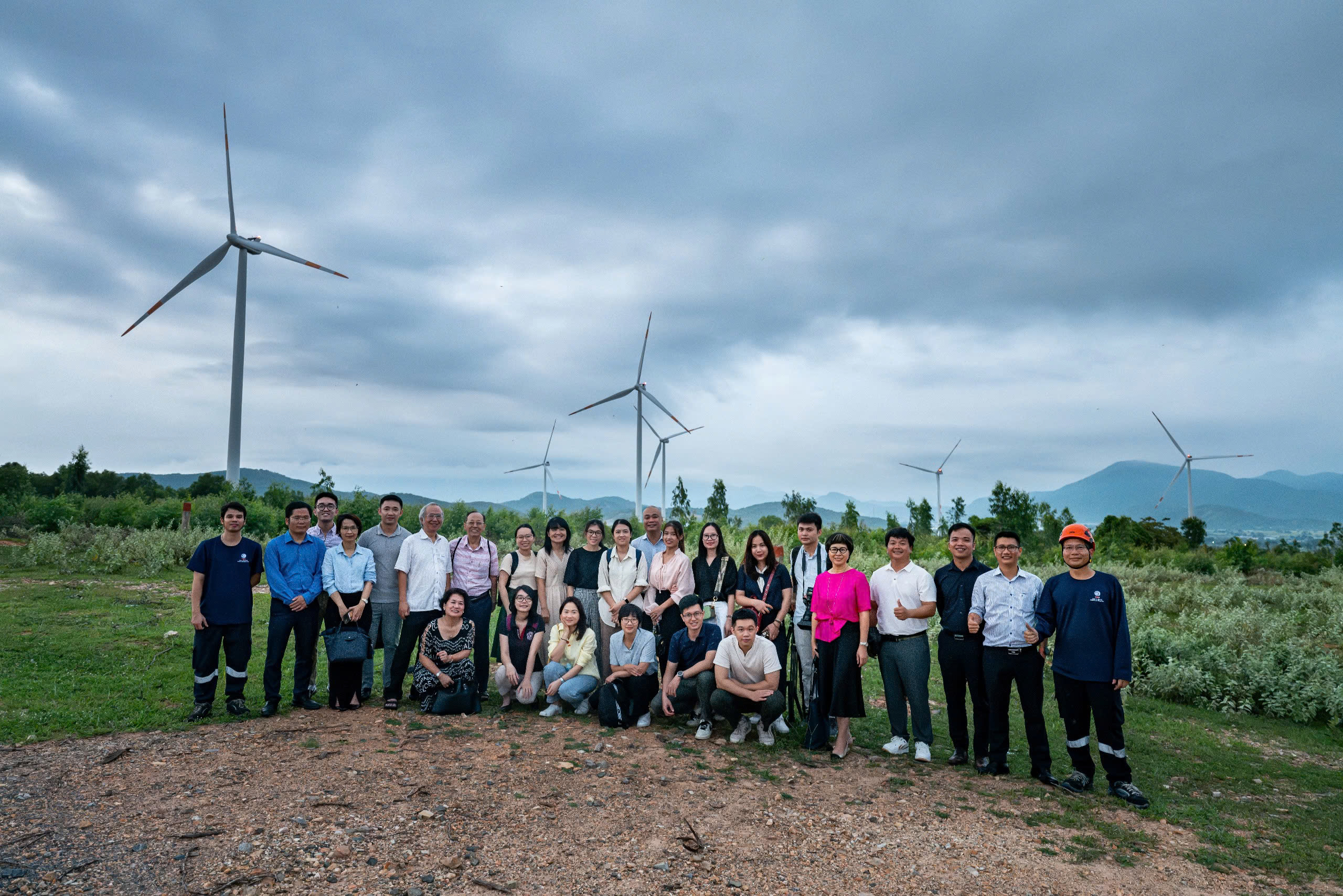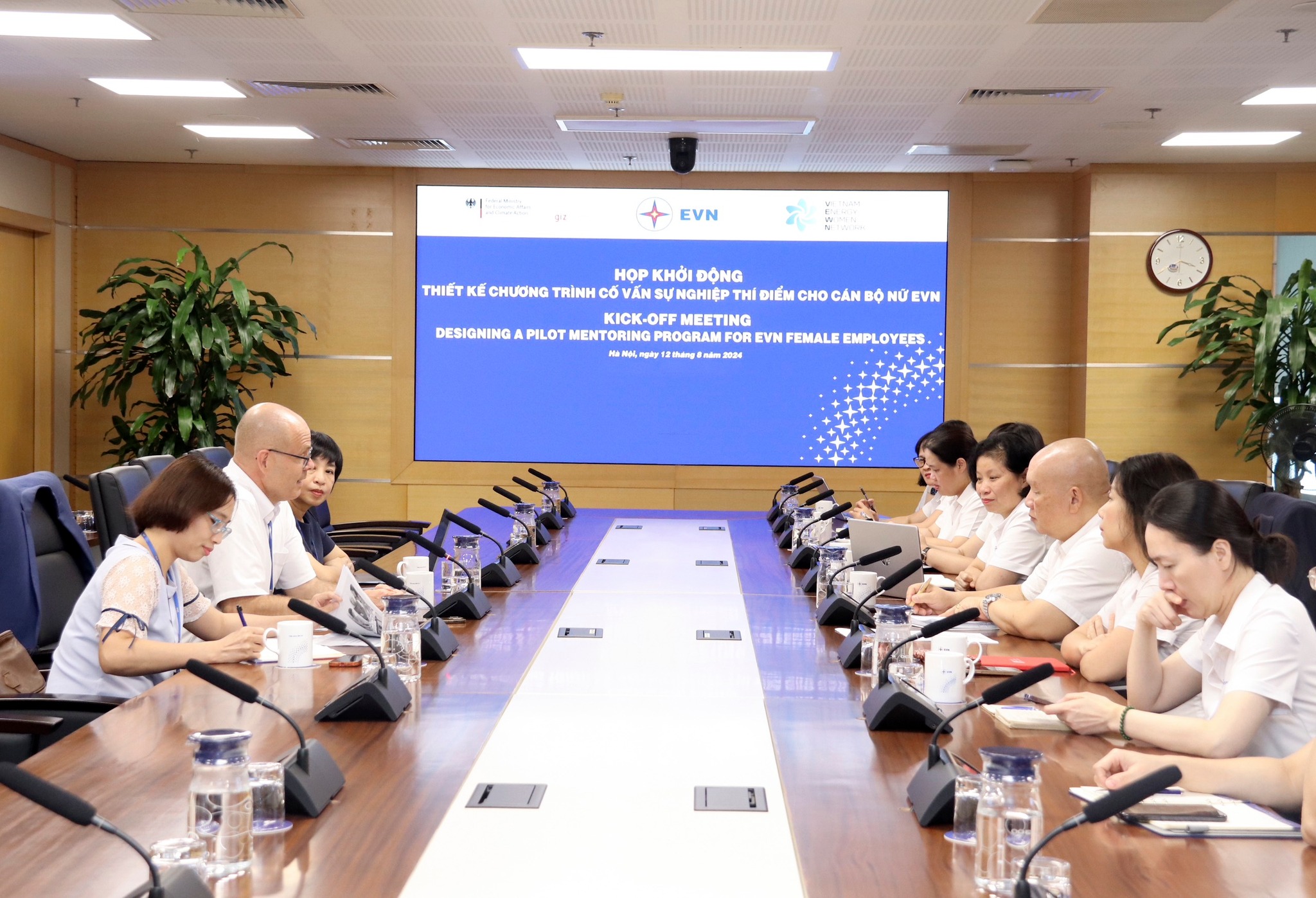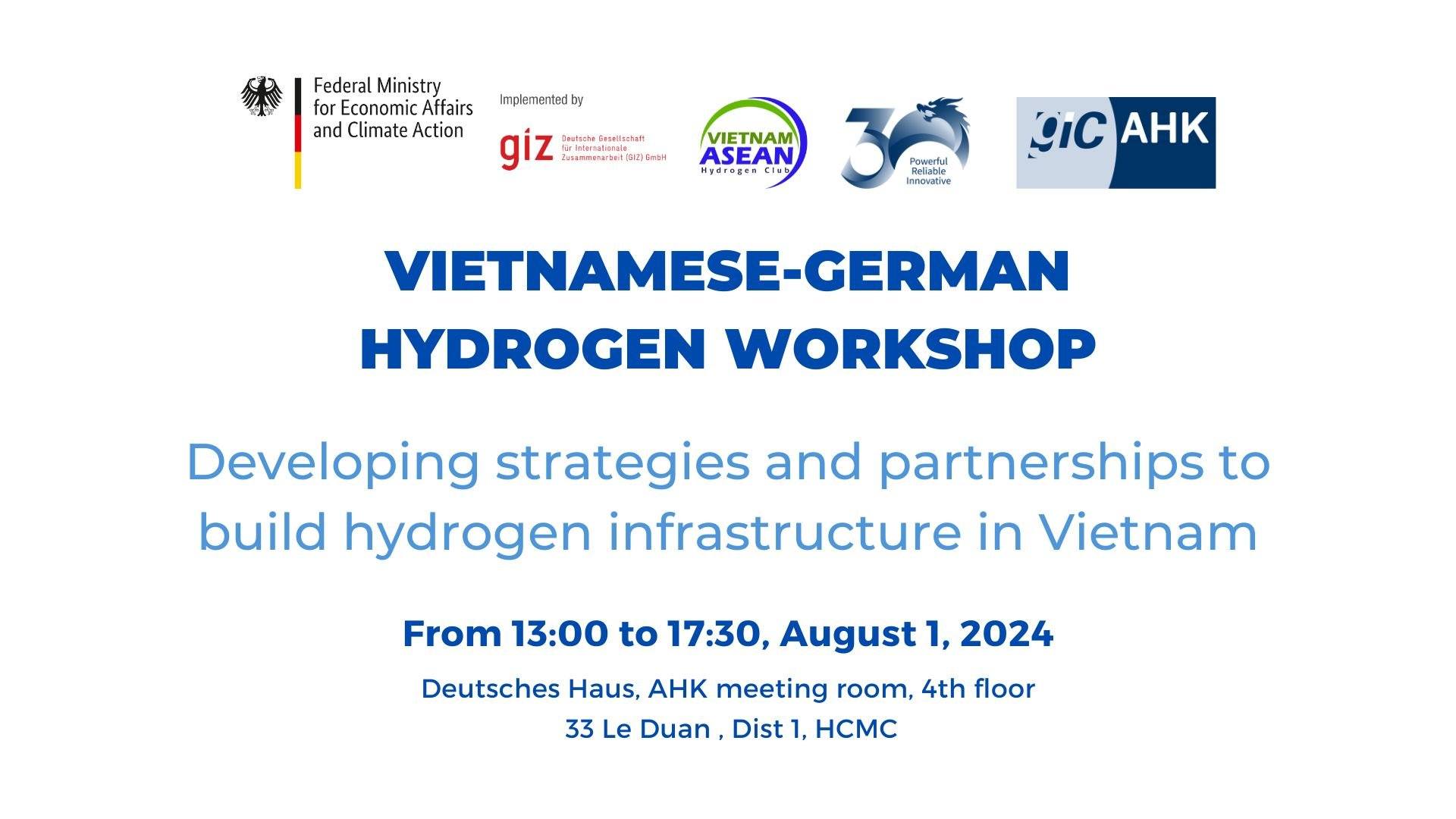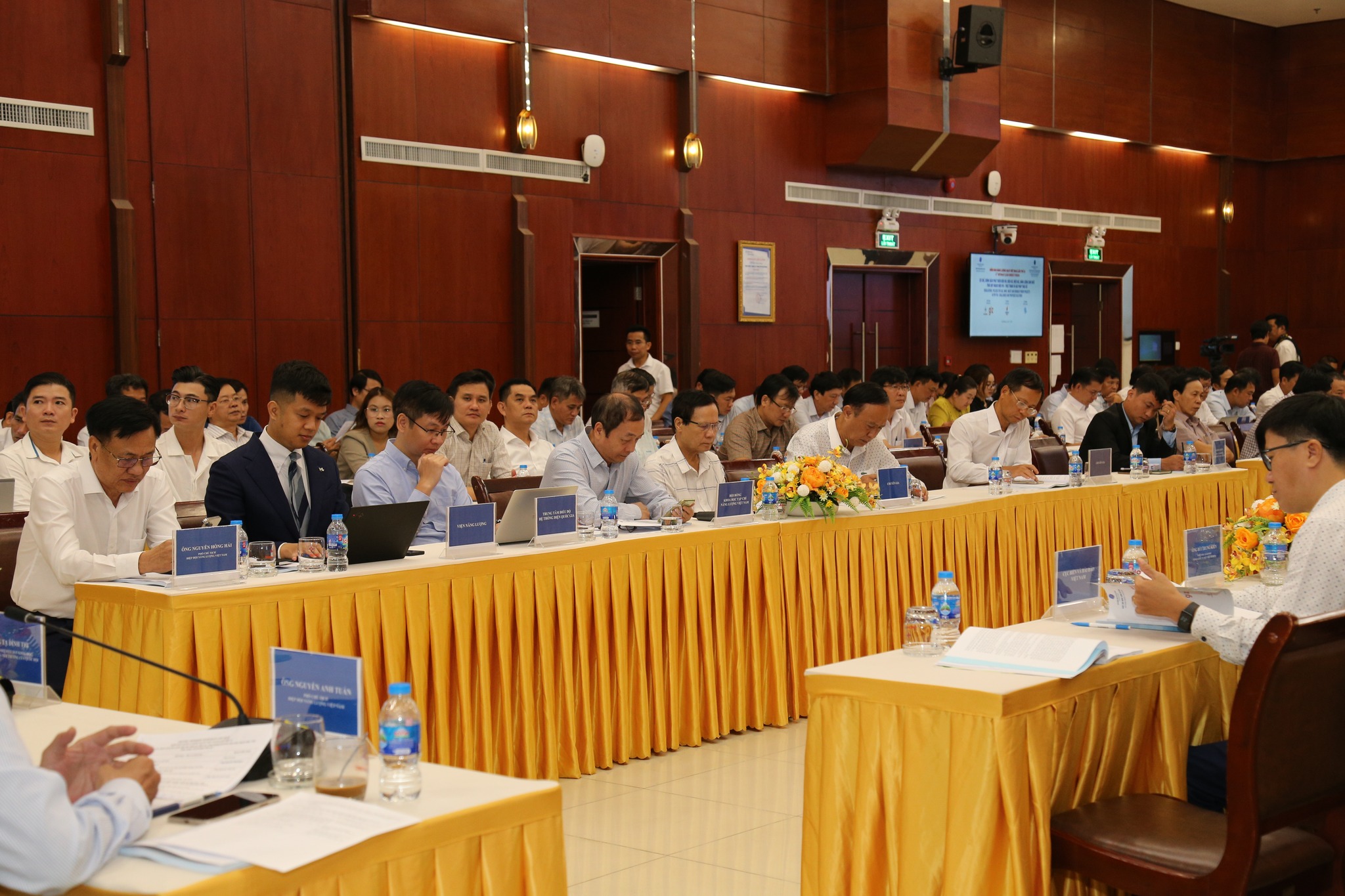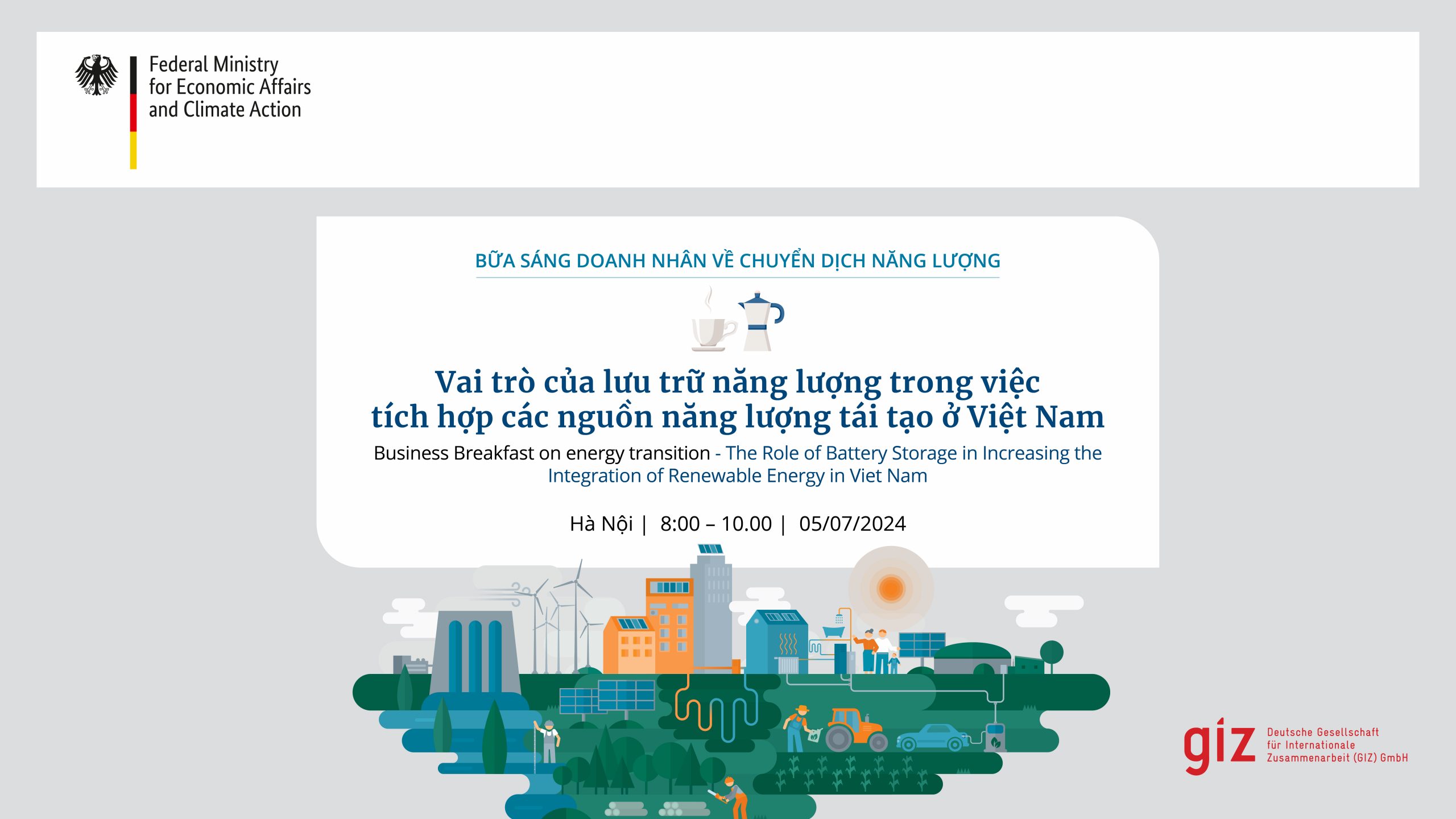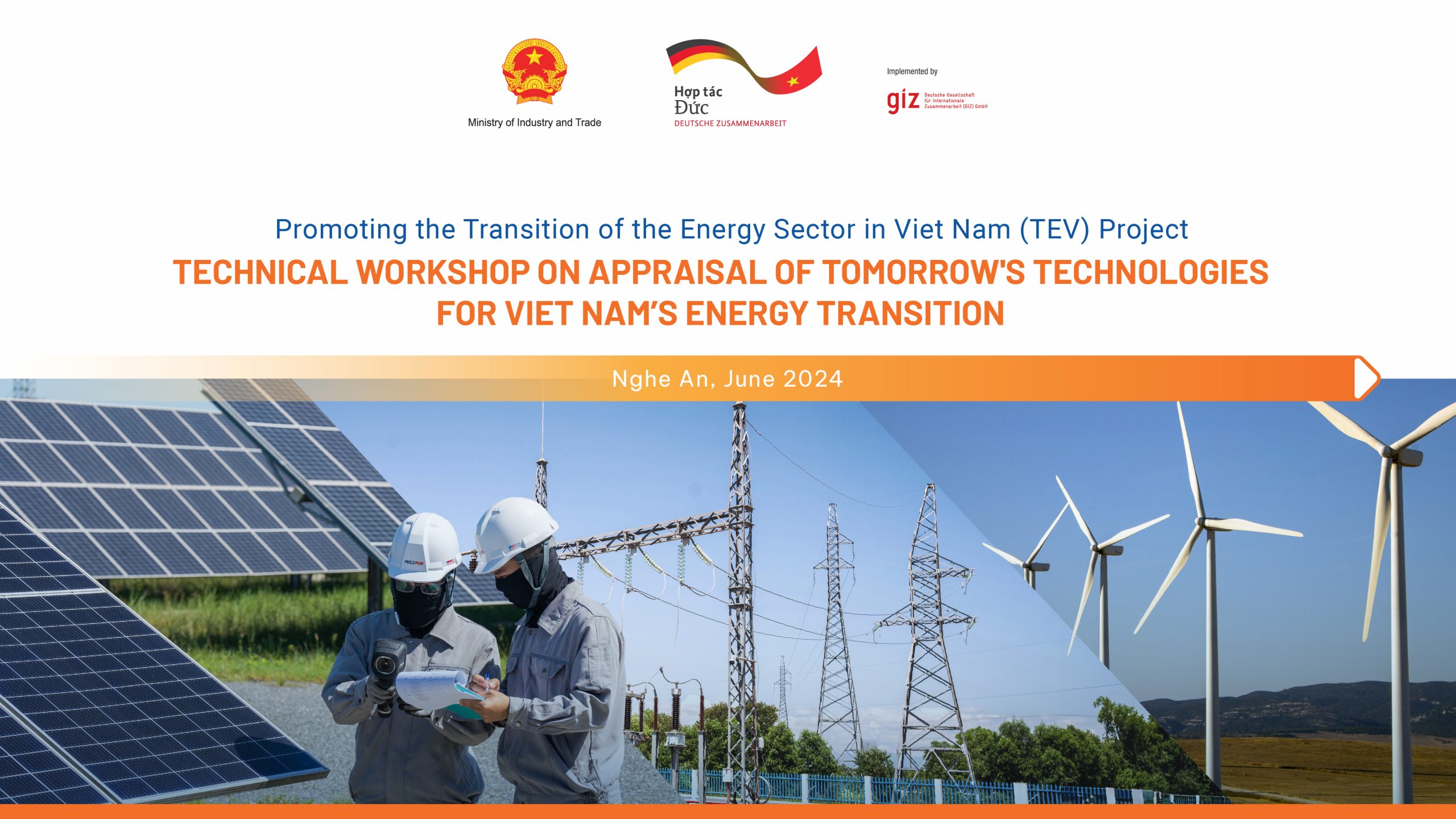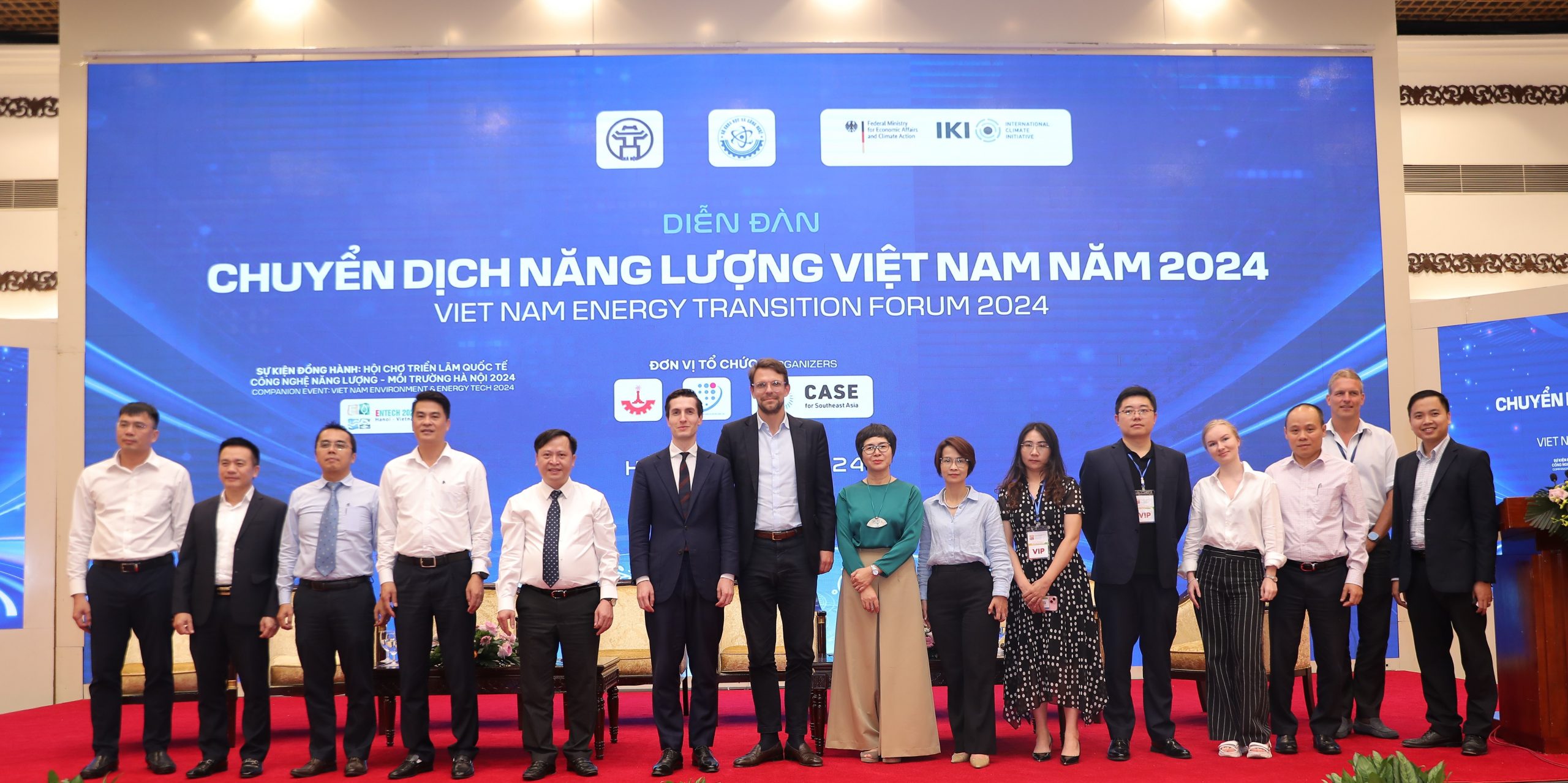Biomass co-firing technology at Vietnam’s thermal power plants will significantly help reduce CO2 emissions while helping save hundreds of millions or billions of dollars, according to scientists.
The problem of finding raw materials to replace coal
Energy transition has been taking place in many countries. This involves promoting the use of renewable energy, clean energy, and green energy, and focusing on using energy effectively.
In Vietnam, exploiting green energy sources, especially biomass energy is easy. Vietnam can make the best use of available resources, from waste products of agriculture and forestry such as bagasse, straw, rice husks, coffee husks, coconut shells, and sawdust.
Christoph Kwintkiewicz from the German Agency for International Cooperation (GIZ) has recommended that Vietnam use wood pellets for coal-fired power plants and co-firing technology as a solution to reducing CO2.

If it replaced 10 percent of annual coal imports (equivalent to 4,000 million tons) with local biomass sources, Vietnam woukd save about $1 billion each year, while creating jobs and income for local people, according to the expert.
Ngo Sy Hoai, Vice President and General Secretary of the Vietnam Timber and Forest Products Association, said Vietnam ranks second, after the US, in processing and exporting wood pellets. This is a great opportunity to apply co-firing technology at thermal power plants instead of exporting them.
Biomass co-firing technology
The findings of the GIZ-funded project on applying co-firing technology and changing input materials to replace coal showed that Vietnam’s total potential biomass output is about 104.4 million tons a year, which is equivalent to 47 percent of Vietnam’s coal-fired electricity output in 2020 and corresponding CO2 emissions.
Experts estimate that direct co-firing with a biomass mixing ratio of less than 10 percent is expected to be the most suitable technology for Vietnam’s thermal power plants because of low investment capital and minimal intervention in existing boiler systems.
The report also pointed out that in 2015, the Ninh Binh Thermal Power Plant carried out experiments on co-firing Vietnam’s and Indonesia’s low-quality coal and found encouraging results.
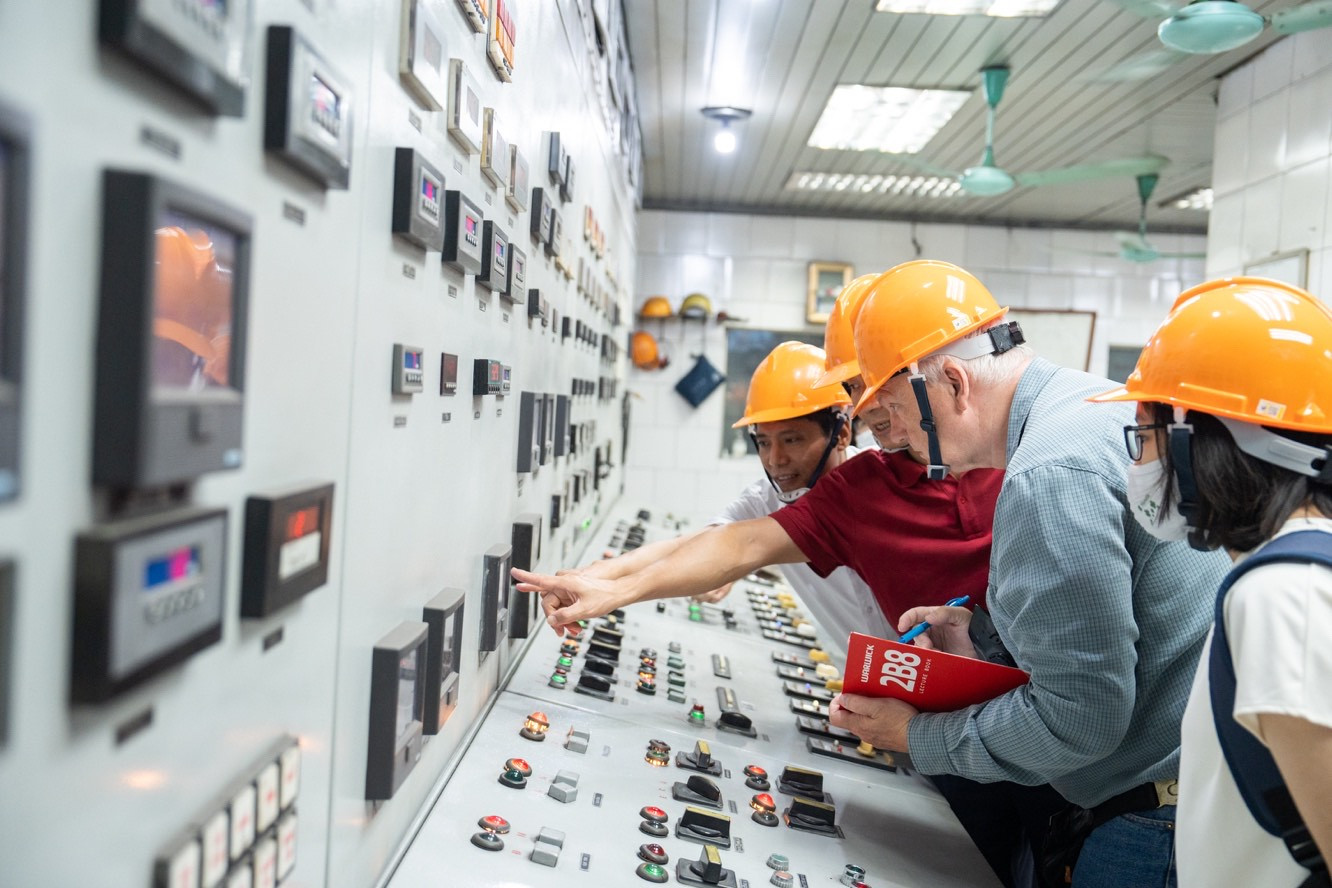
The mixture of Indonesia’s sub-bituminous coal and Vietnam’s anthracite coal could help restrict the poor characteristics of domestic coal (such as reducing the amount of ash and slag), thereby increasing firing efficiency from one to five percent, and reducing the volume of coal consumed.
The facility tested co-firing wood pellets with coal at 15 and 20% rates in 2019. Due to the tiny amount of wood pellets utilized (tens of tons), the trials could be completed in days.
Though the results were satisfactory, experts think that it takes longer to finish co-firing technology.
Nguyen Duc Minh, Energy advisor of the Climate Protection through Sustainable Bioenergy Markets in Vietnam (BEM) project, said co-firing biomass with coal at power plant is suitable to Vietnam’s energy strategy, aims at gradually reducing the volume of coal used, striving for the Net-Zero goal by 2050.
This is a great opportunity to take full advantage of domestic biomass fuel, reduce reliance on coal imports, create a production value chain, and generate jobs in the biomass sector in Vietnam.
Turning opportunity into action
Under the eighth national power development plan (Plan 8) approved by the Prime Minister in May 2023, developing renewables, especially sources for electricity production, is one of the priorities.
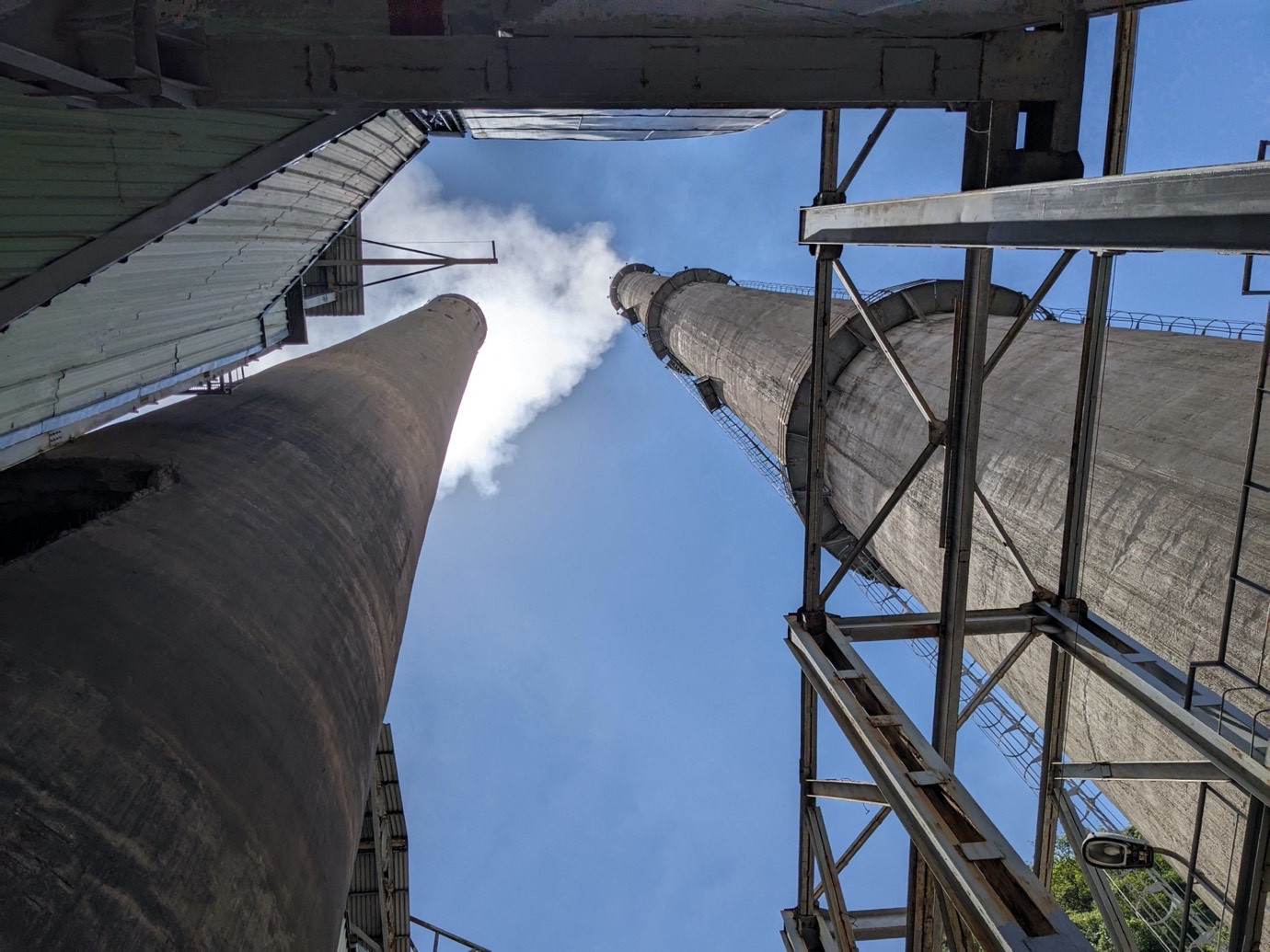
Nevertheless, with the coal-fired power still accounting for a significant proportion in electricity production (30.8 percent by 2025) and acting as the major electricity supply source, co-firing technology needs to be used soon, and on a large scale to help reduce thermal power plants’ CO2.
BEM’s researchers stressed that to effectively exploit the advantages of the co-firing technology, the government needs to urgently implement measures and policies, solving technical, storage and transportation problems.
There should be a system that connects all related sides to ensure the sustainability of high-quality biomass sources in the long term. The government needs to conduct more in-depth research, run development programs, and recognize the potential and influence of biomass co-firing to reducing greenhouse gas emissions.
Hence, the responsible unit needs to declare detailed solutions in the renewables development plan and master policy framework, especially regarding subsidies and tax exemptions.
The article on Vietnamnet News: Co-firing technology to promote energy transition in Vietnam



